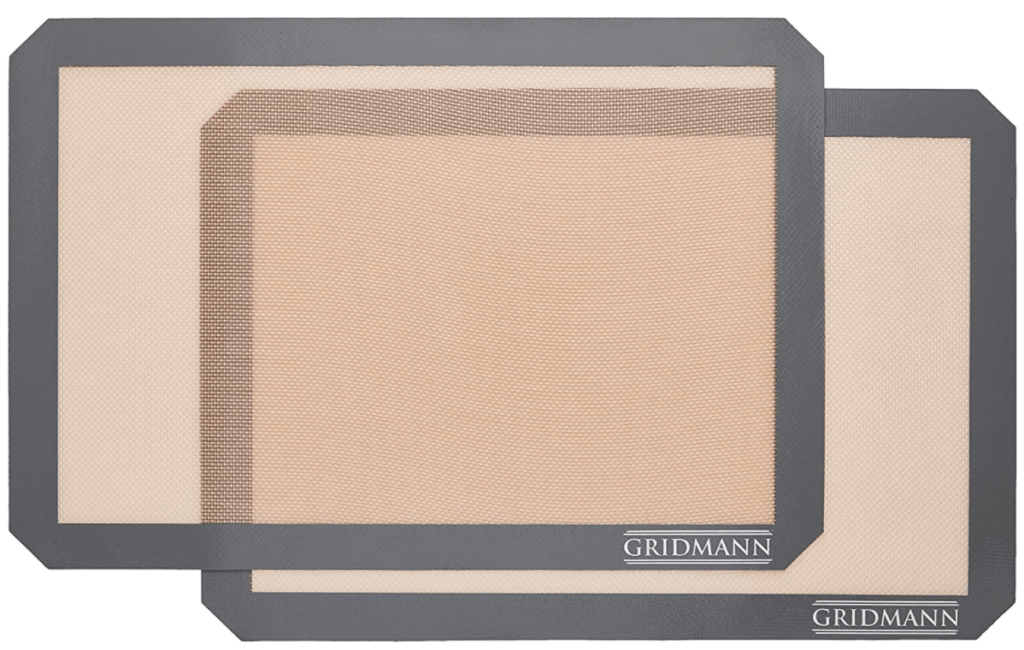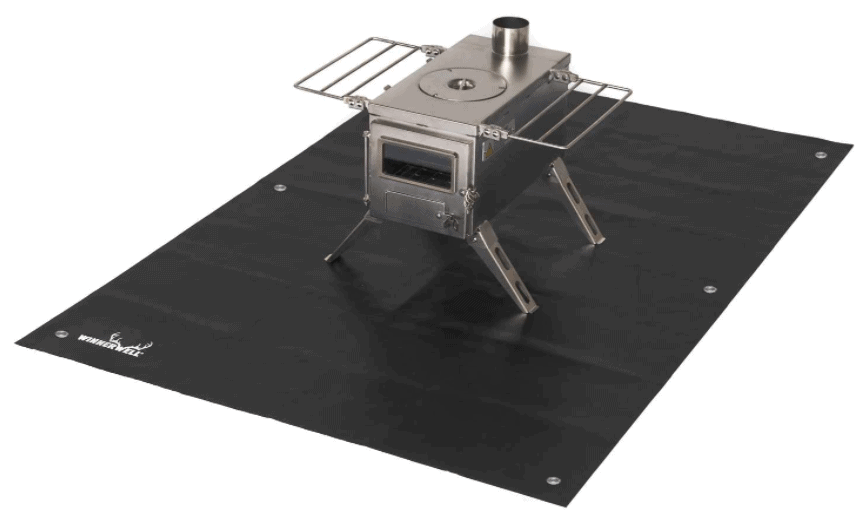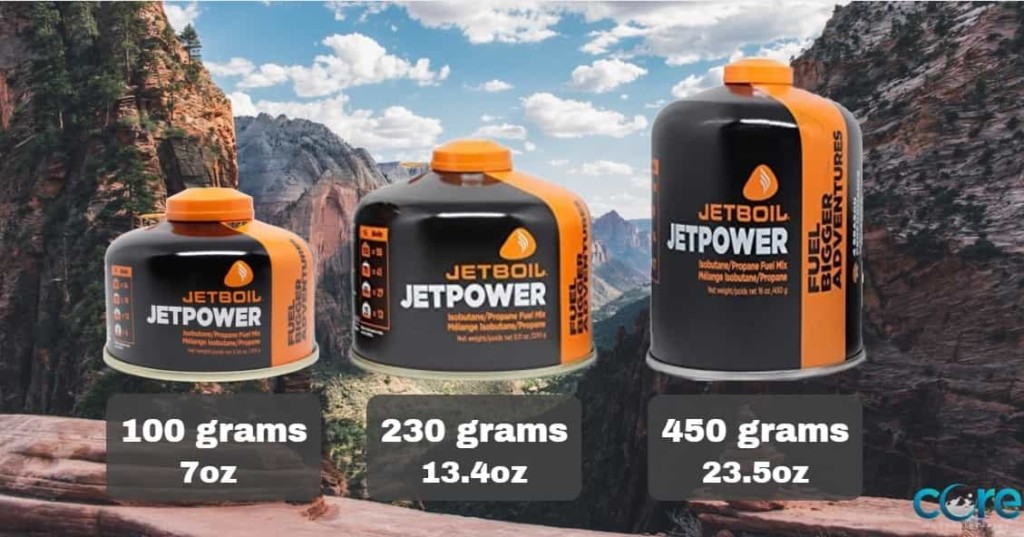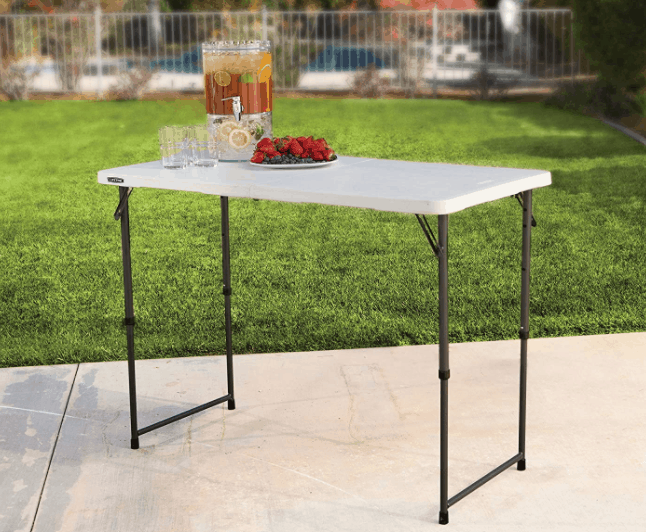Generally speaking, there is a wide variety of temperatures that a camping stove will reach. Most come in either kerosene, propane, butane, or a combination of the three. The number of burners purchased can also add to the increase in temperature.
Although most stoves are traditionally built with a bottom layer and are intended to centralize the heat, one can never be too safe when dealing with fire.
Let’s go through the necessary steps and precautions for protecting your stove and what you’ll be cooking on!
How Hot Will the Bottom of Your Stove Get?
A good indicator of how hot burners will get is to measure their heat output via British Thermal Units (BTUs). BTUs are dependent on the type of fuel and size of the camp stove, but basic camp stoves will only utilize an output of over 10,000 BTUs per hour.
This should be enough to provide you with all of your essential needs to whip up almost anything you’d like. For larger family events, more BTUs may be required. Some camp stoves can reach up to 60,000 BTUs per hour, but a sustained measurement might be somewhere between 20,000 – 30,000 BTUs per hour.
Leave the 60,000 BTUs for icy conditions. Regardless, it should be obvious that the higher the BTUs, the more likely it is for a potential melting or damage to other materials.
If you’d like to dive deeper into camping fuel we have a great guide about all the Fuel Types for Camping & Hiking.
What Camping Stoves Will Melt Plastic Tables
Unfortunately, many stoves on the market are quite unpredictable, with whether they will melt plastic tables. In most cases, the bottom portion of a camping stove is not going to get hot enough to melt the plastic.
However, the safest approach would be to find the best material that fuses convenience and safety.
To provide you with the most accurate results, you are going to hear a mix of reviews and have to decide what is best on your own. Personally, I’ve used a wide array of different materials without any accidents because I’ve followed the appropriate safety guidelines.
I have had a multitude of experiences where a nice flat rock acted as my tabletop too, which obviously decreases the likelihood of an accident. For added comfort and convenience, it’s great to cook on a table.
There weren’t any problems with cooking on a plastic table or even one with tablecloths in those experiences. On some of the bigger camping trips, we’ve used safety mats for added security.
As an added measure, read the manual and warnings for any glaring red flags. Most of the camp stoves in my experiences haven’t warned against using them on a plastic surface, which provides me with additional comfort as long as other safety measures are practiced.
In general, if you really want to avoid any plastic burning, make sure you are using your camp stove only when necessary and following every safety precaution you possibly can.
Can You Put a Camping Stove on a Plastic Table
As stated before, wherever you may be going on this adventure, it is best to be safe rather than sorry. Some of the most common table sets include fiberboard tops made of aluminum that typically work with most stoves.
If you are still concerned, it might be best to invest in a mat to place under the camp stove; some suggestions can be found below.
If possible, there are camp stoves with a burner shield base attached to them, providing them with an added layer of protection for your table or whatever you may be using.
Universal Items to Place the Stove On
Although a lot of the information is still up in the air, I will provide with a list of the safest things to place your camp stove on. However, as stated previously, every burner is different, and you’ll want to keep track of it regardless of how safe your options are.
Gridmann Pro Silicone Mat

This mat is safe up to 480 degrees F. What I like about this is two come in a pack and they are able to be rolled up to stuff in your hiking backpack. These are also non-stick so if you get any boilover the mess will be easy to clean up.
They are made for baking at home but they are also perfect outdoors. See the current price of them on Amazon here.
Aluminum Frame and fiberboard top Kitchen Set

The Coleman Pack-Away Portable Kitchen is a full camping table at a very reasonable price. You can see the current price on Amazon. What I like about these foldup camping tables is they fold up into a suitcase to carry easily.
(Safe for most stoves)
Vbenlem Outdoor Kitchen Set

As you can see this is a full outdoor kitchen set that’s larger and more complete than the Coleman one above it. It has an aluminum frame and a fiberboard top that’s safe for just about every stove you’re going to cook with.
The biggest downside about this one is it’s on the expensive side for outdoor tables, you can see the current price on Amazon here. While this is on the larger side, it also can be folded down and includes a convenient carrying case.
Lifetime Height Adjustable Camping Table
This table looks and folds like a normal table from Lifetime but it’s also adjustable for standing. That’s what makes it great for camping, as you can prepare food or tying a fishing lure on a pole.
The top of the table is strong and will clean up in no time. It’s not as durable as the aluminium tops but cooking with a stove on this table will be safe. Check for availability on Amazon here.
Fiberglass Heat Shield Barrier

This small blanket isn’t made for camping or the outdoors. It’s typically used in applications that need a heat shield barrier; between a wood stove and a wall. If it can be used for stuff like that why not as a heat shield for a backpacking stove?
I like that it’s small and can be rolled up. It can withstand scorching temperature above 2000 degrees Fahrenheit. This will be great for protecting a plastic tabletop or even the inside of your tent. See the current price on Amazon here.
Winnerwell Fireproof Mat

This mat is specifically made with camping in mind. It can even protect a surface from a wood camping stove, which gets very hot. If you’d like to dive deeper in wood-burning camping stoves I wrote an article about what to look for. The idea of burning wood gas is partially interesting.
While this mat is on the expensive side it’s made to last. See the current price on Amazon here.
Heavy Foil
Using some foil and folding it a few times might just be the easiest and defiantly the cheapest way. You already have some in your kitchen. A thin layer will be able to add some protection and give some peace of mind under a stove.
Can You Use a Camping Stove Indoors?
Technically, yes, however, there are a plethora of precautions to take before you start making this commonplace. First, the more experience you have using a camp stove in the first place, the better.
Also, keep in mind that a lot of this article was dedicated to the potential to melt or burn a table, a tent will only be more flammable. Tents are usually made of polyester or nylon, which are highly flammable, so every safety provision should be taken.
Dangers of Using A Stove Indoors
The dangers of a cooking experience gone wrong inside a tent can be catastrophic. If anything does catch fire, the time you have to escape from a tiny enclosed area is minuscule.
In addition to the fire itself, there are the risks of carbon monoxide poisoning. Carbon monoxide, or CO, can potentially be even more dangerous since it is odorless and invisible. CO is a gas that can displace oxygen when breathed in which leads to dizziness, headaches, and in more severe cases, death.
With that said, you’ll have to use the best types of burners indoors. For example, charcoal and kerosene burners are immediately ruled out due to the amount of CO they produce. The safest options include alcohol and propane stoves.
When using the appropriate list of burners, still make sure there is a ventilated area. Also, make sure you minimize the risk for leaks by tightening all fillings as securely as possible. Never leave a stove unattended indoors, it should be watched at all times.
Generally Backpacking Stove Questions
Camping stoves are an excellent purchase for camping without firewood, if you are backpacking without a traditional campsite, or if you are planning on quickly cooking some food. Also, it is necessary to boil and filter water if you are hiking somewhere remote.
They can be instrumental and handy on any long-term hiking trip. However, they do bring added weight and carry the potential to burn or melt other crucial items, so necessary measures should be taken before going all out on a new camping stove.
Traditionally camp stoves are very easy to use and don’t require too many additional pieces. If drastic measures take place, they can even be utilized inside of a tent.

Plenty of safety precautions should be made, but it can be the reason you can eat at night in the midst of a torrential downpour. In essence, they remain a necessity for most camping excursions, so it’s essential to know as much about them as possible.
Regarding a camp stove, many questions immediately come to mind. How big of a camp stove should I get? How much work are they to get started? How hot will the burners get? Will I be able to put a camping stove on a plastic table? How dangerous are they to use?
So many questions! This article has attempted to put some of those questions to rest. First, although camp stoves can be a necessity on most camping excursions, they have the potential to be very dangerous.
As long as you do your research and know-how to handle them, they can be an enormous asset for you, your friends, and your family.
Outdoor Safety Tips
Regardless of which stove you use and how cautious you are, there is always a multitude of safety tips you will want to keep in mind.
-
Be meticulous about which stove and fuel you choose. Do your research and trust that it will benefit you in the long run.
-
Ensure that the area around you is well ventilated. When using any kind of fire, space and ventilation are necessary.
-
Avoid poor weather conditions. The obvious one here is rain, but strong winds can be detrimental to cooking with fuel too. If possible, choose the most appropriate timing to cook.
-
Make sure the table, or whatever the camp stove is located on, is on a level, flat, and sturdy surface. Do not provide much wiggle room for anything to slide over or get easily knocked over.
-
Consistently keep an eye on the stove as it’s on. Please, don’t get distracted. In any situation, it’s best to remain vigilant.
-
Keep children and pets away. They may get curious, but this is a perfect opportunity for them to know about the dangers of misusing a camp stove. As for the pets, hopefully, someone else can keep them entertained while you cook.
-
Create an emergency plan. This includes knowing who to contact if a fire does conflagrate. Also, know where to go and even identify the nearest hospital in case of a more serious emergency. It never hurts to be prepared for anything.
Bottom Line
As with most situations, it is always best to be safe rather than sorry. The more prepared you are for a camping, hiking, or backpacking trip, the more you’ll enjoy it. These experiences can be amazing, but oftentimes, people don’t want to go back out there because of one terrible experience.
Make sure you prepare ahead of time to get the best experience while only remembering all of the beauty that camping has to offer.








